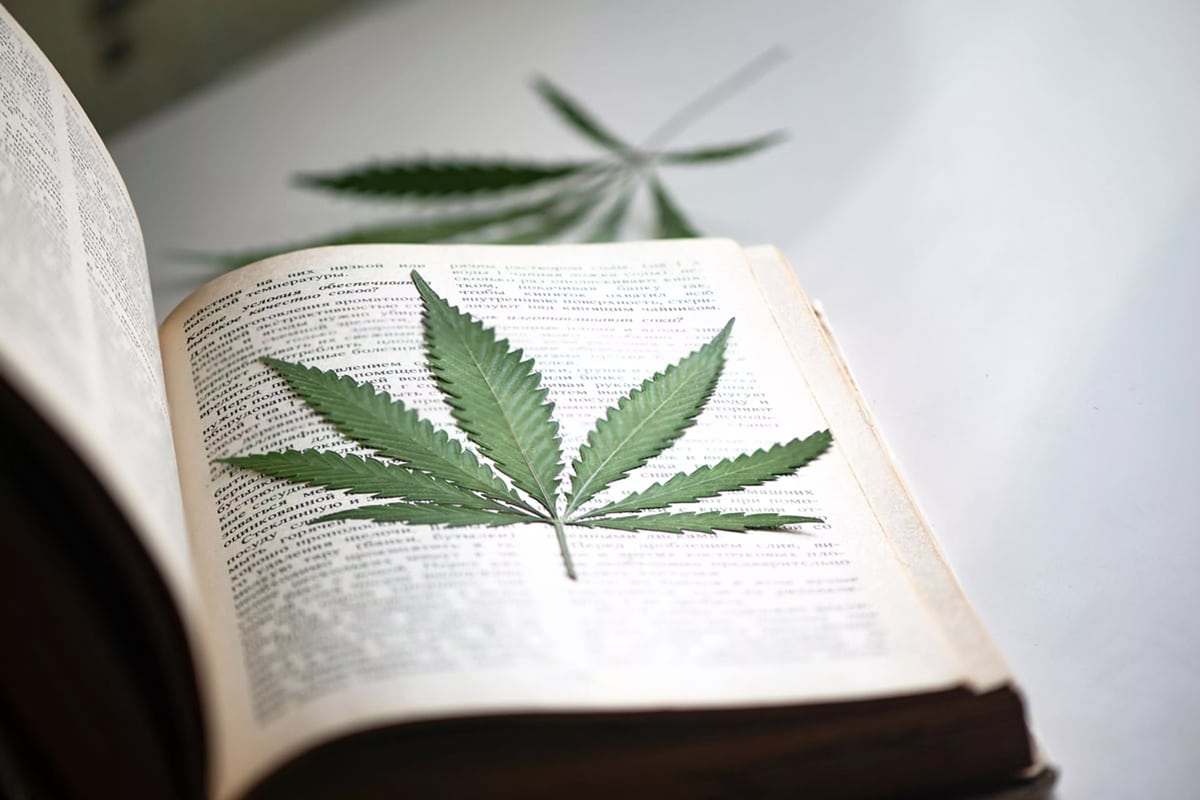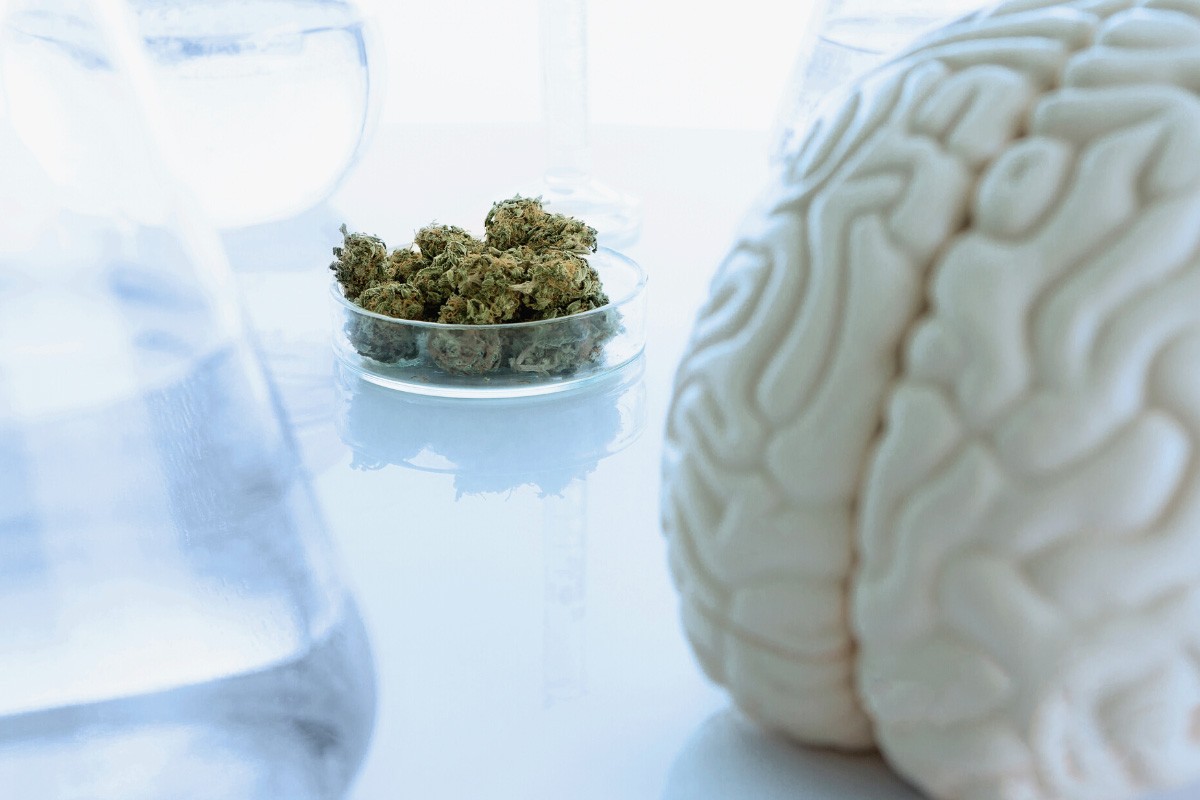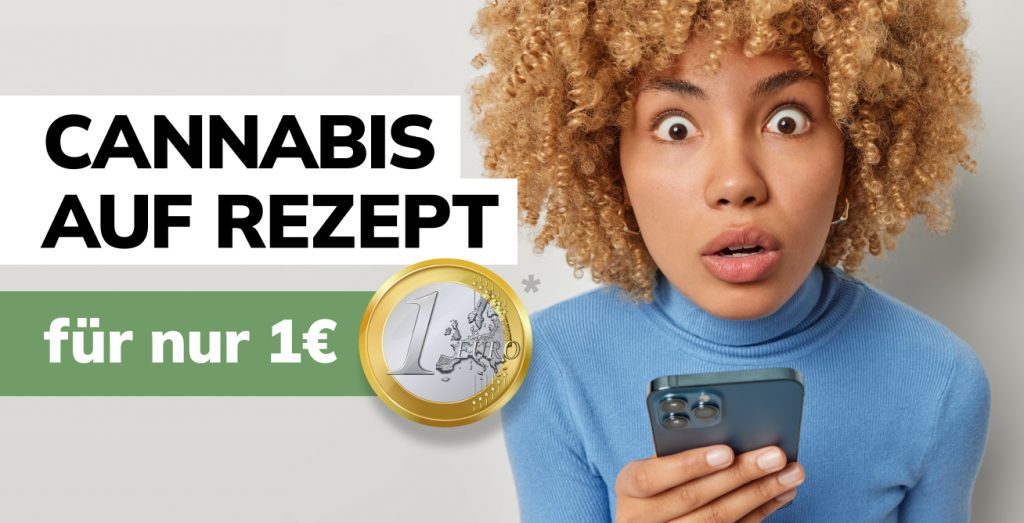The hemp plant (Latin name: Cannabis) looks back on a very long history: over 10,000 years ago hemp was already cultivated in China and Persia, making it one of the oldest cultivated plants of all.
Worldwide distribution as a crop
In the 13th century, hemp began its triumphal march to Europe and, as it became more widespread, it became the world’s most widely cultivated crop. And for good reason, because cannabis was incredibly versatile: The hemp seeds served as food and the leaves as medicine. Among other things, they were supposed to support the healing of wounds and help against gout and mental problems.
The fibers were mainly used to make fabrics and paper. For example, the first Bible was printed on hemp by Johannes Gutenberg in 1455. Only a few decades later, hemp came to America with Christopher Columbus, whose ship ropes and sailcloth were made from the robust natural material. Hemp quickly established itself on the “new” continent as well and was found in all kinds of areas of life: The Declaration of Independence of the United States of America, signed in 1776, was written on hemp paper, and the first jeans manufactured by Levi Strauss (1870) were also made of hemp.
Decline of hemp use
With the industrialization in the 18th/19th century, the use of hemp became less and less important, because the harvesting and processing of hemp still had to be done manually. Unlike other raw materials, this was very laborious and expensive, which is why industry looked for cheaper alternatives: Cotton, jute and wood replaced hemp. In Europe, however, the plant aroused the curiosity of medical research and some companies launched cannabis preparations that were used for medicinal purposes. Typical applications were pain (especially migraine and menstrual cramps), asthma, whooping cough, gastrointestinal complaints, sleep problems, loss of appetite and depression.
In 1938, a fully automatic hulling machine for hemp came onto the American market. Influential industrialists from the textile and pharmaceutical industries ensured that the USA first introduced a hemp tax and later banned hemp cultivation completely. The development in the pharmaceutical industry towards synthetic products also caused the demand for hemp for medicinal purposes to drop sharply. Although there was a brief renewed use of hemp as a raw material for clothing during World War II due to the worldwide shortage of raw materials – this ended with the war’s end. The medical use of cannabis was still allowed in many countries, but with the so-called “Convention on Narcotic Drugs” in 1961, the use of cannabis (also for medical purposes) was completely banned in 180 countries around the world. Only scientific research was still allowed and this should lead to the fact that the use of cannabis is now widespread again.
The Cannabis Renaissance
In the 1960s, researchers were able to decode the chemical structure of two main components of cannabis, the cannabinoids THC and CBD. Thirty years later, in the 1990s, scientists discovered the body’s endocannabinoid system and thus also the mode of action of the main active ingredients of cannabis, which triggered a real boom in terms of Cannabis research. At the same time, there were efforts in various countries to launch cannabis products on the market, some of which, however, differed greatly from one another of their ingredients. The focus here was primarily on the two components: THC and CBD.
The hemp plant has also experienced a real renaissance in recent years and is now enjoying renewed popularity: the extremely elastic and tear-resistant fibers are used to make various paper and textile products as well as insulating materials. Hemp seeds are popular because of their high protein content and can be found in food and cosmetic products. There is also a large market for medicinal cannabis, which is available in the form of both pharmaceuticals and dietary supplements. Here, a distinction must be made between the psychoactive, i.e. intoxicating THC, and the non-psychoactive CBD.
Since 2017, the psychoactive THC can be medically prescribed in form of hemp flowers under certain conditions. These must come from a state-controlled cultivation or import – to ensure the desired quality. In addition, there are officially approved medicines that contain THC and CBD and are used, among other things, in multiple sclerosis to improve spastic symptoms. The non-psychoactive CBD is also interesting for medical practitioners and is used today primarily in the treatment of epilepsy. Meanwhile, there is also a pharmaceutical drug approved in the U.S. that contains CBD. Independently of this, many other possible uses of medical cannabis are being discussed. These include, most notably, the treatment of chronic pain (including migraines), sleep disorders, depression, and ADHD. There is not yet scientific evidence of efficacy for all of these applications, but there are many research projects addressing these issues. Interested users can find peers in online forums who share their experiences with cannabis products in alleviating complaints.
For some time now, there have been calls for the legalization of cannabis, which was also a topic during the coalition negotiations of the “traffic light parties” in Germany. Whether, when and under what circumstances a legalization of cannabis will come is still uncertain (as of 03/2022). In any case, there are both arguments for and against legalization, which are mentioned in every discussion on the subject.








